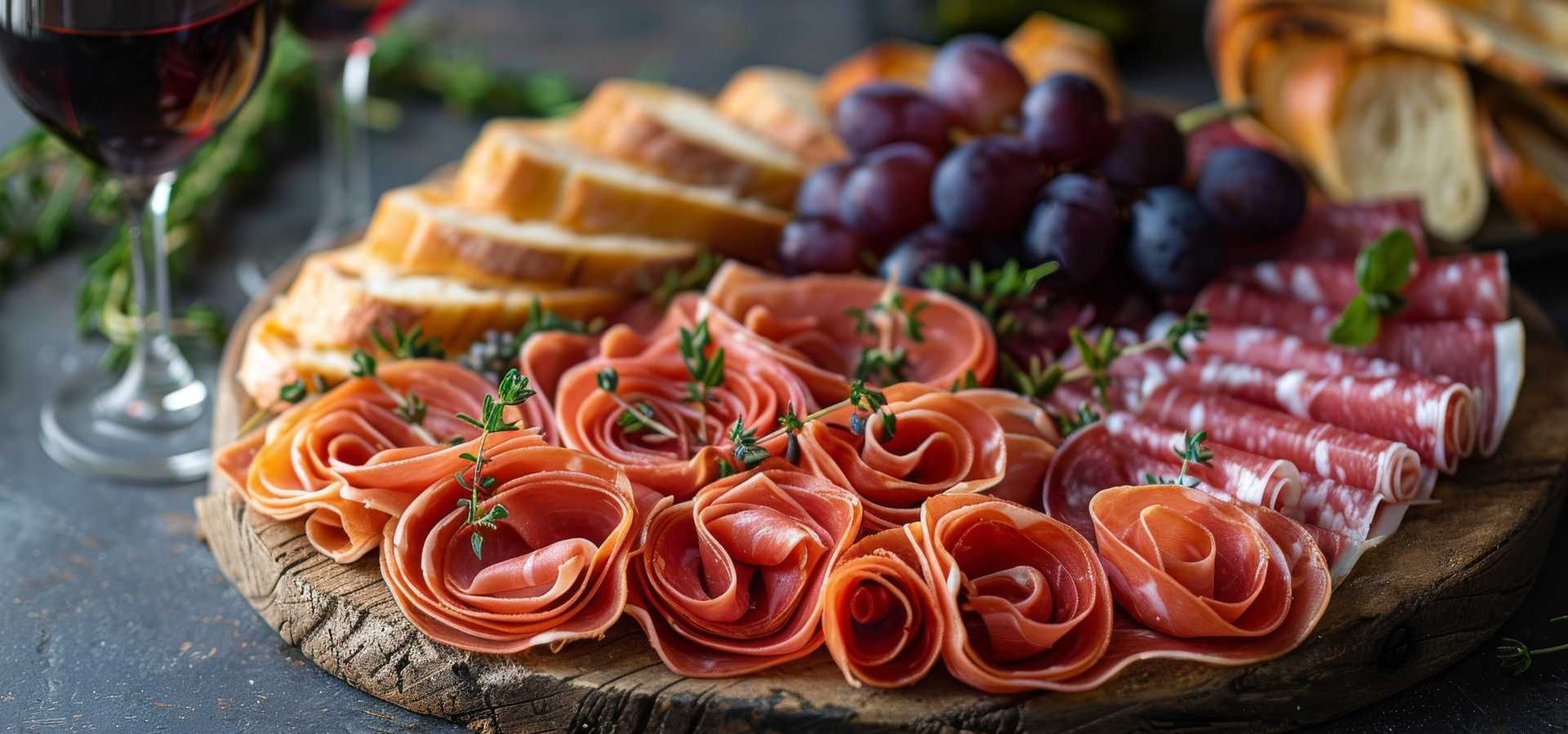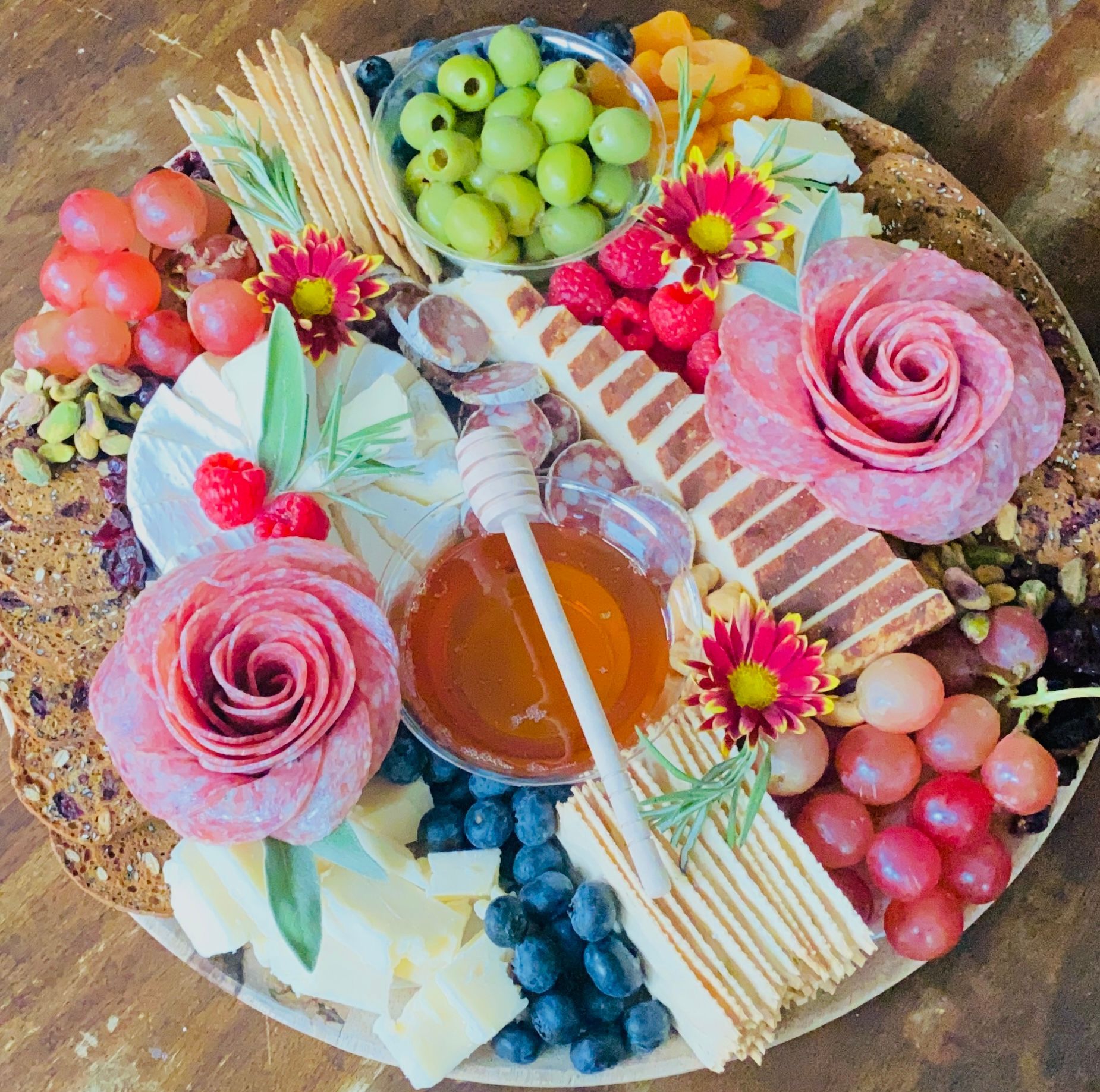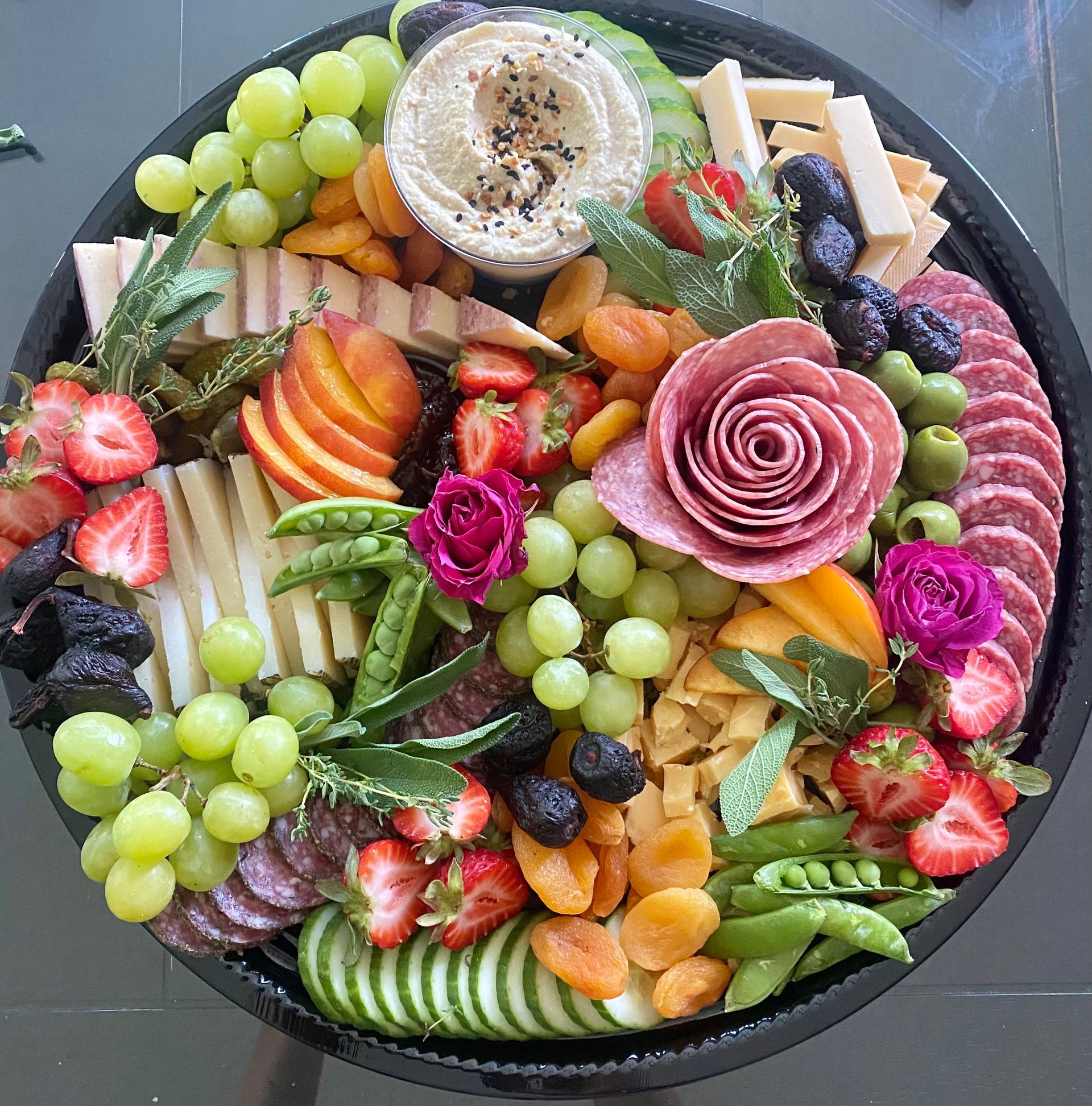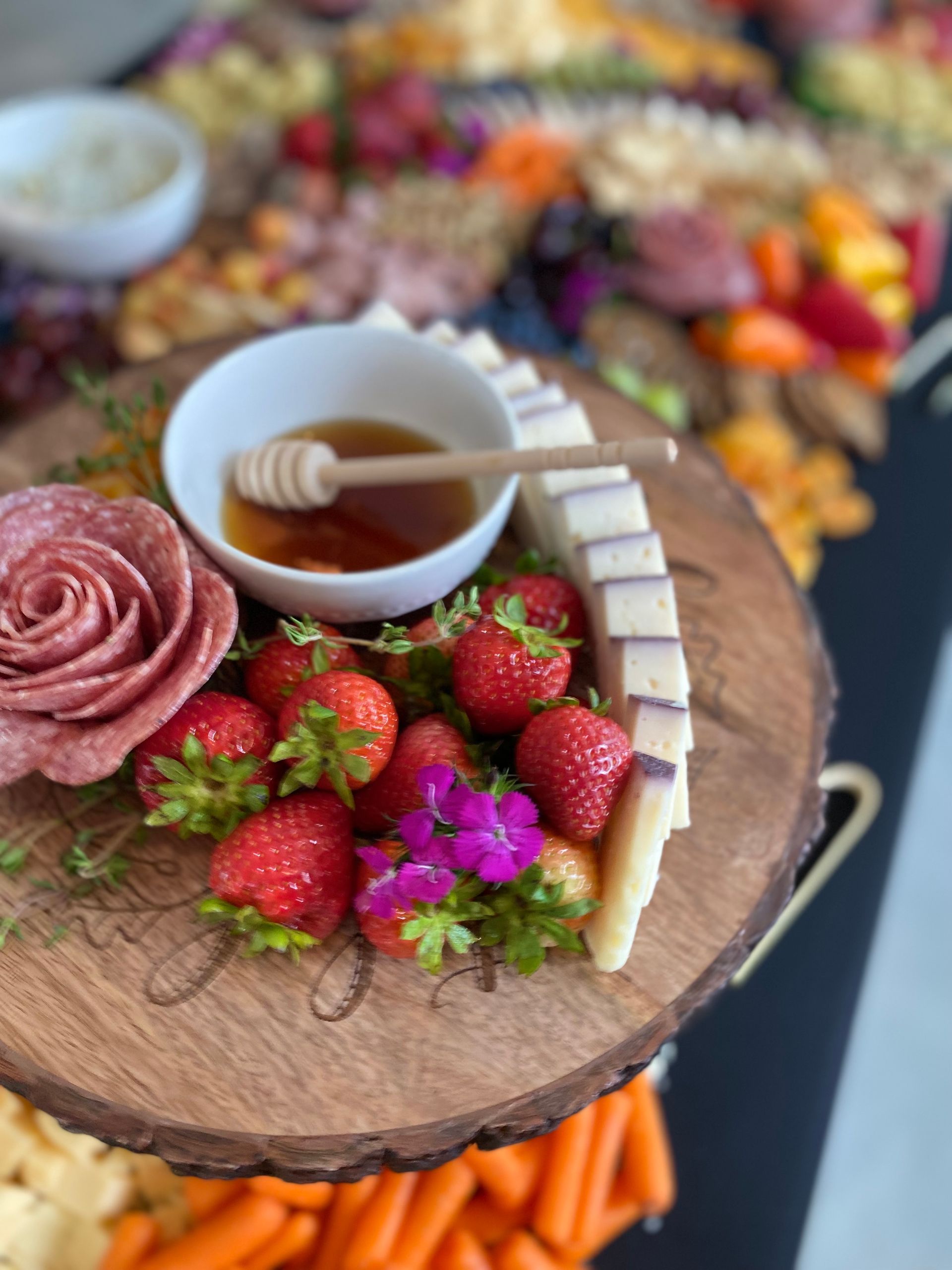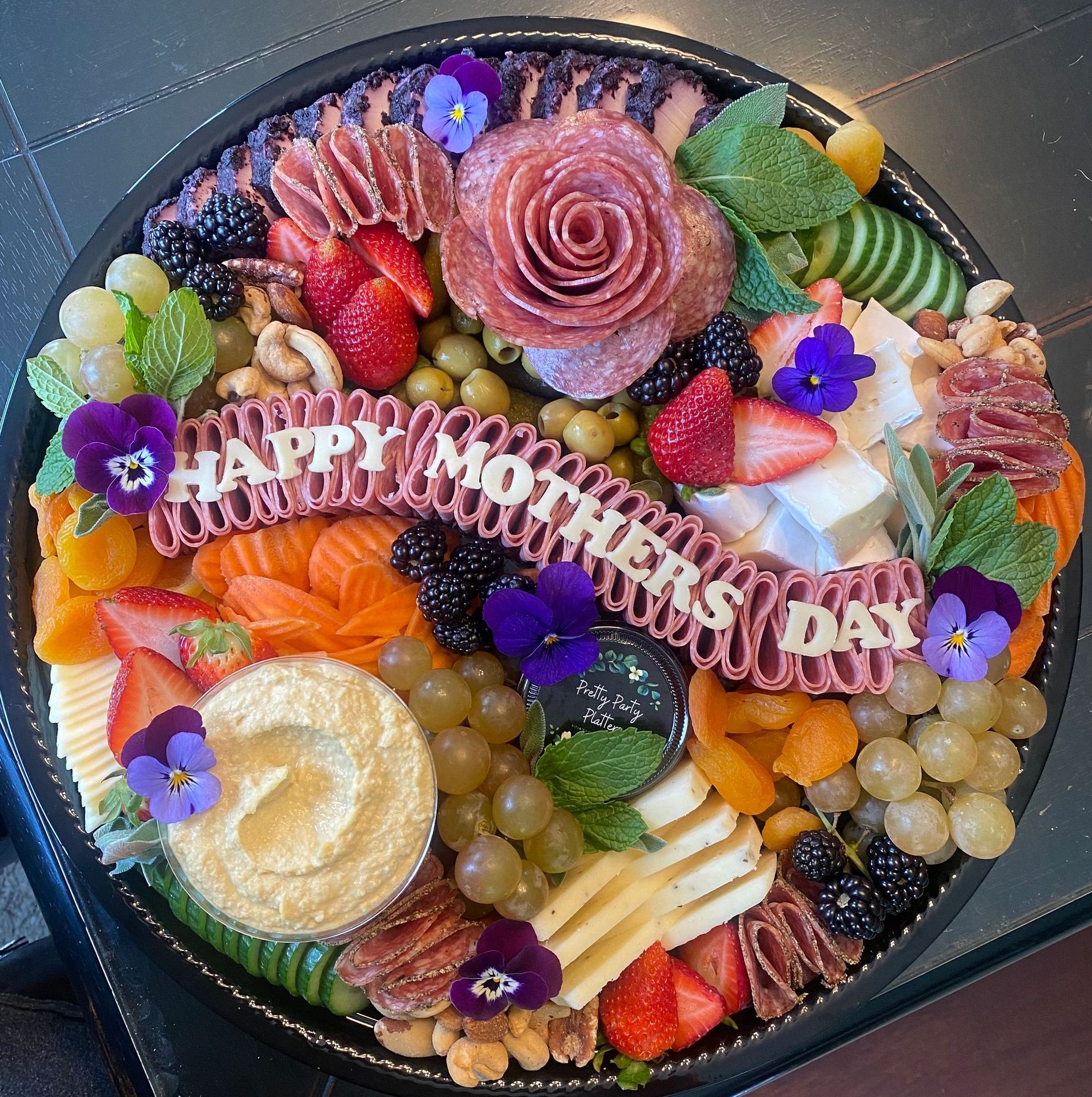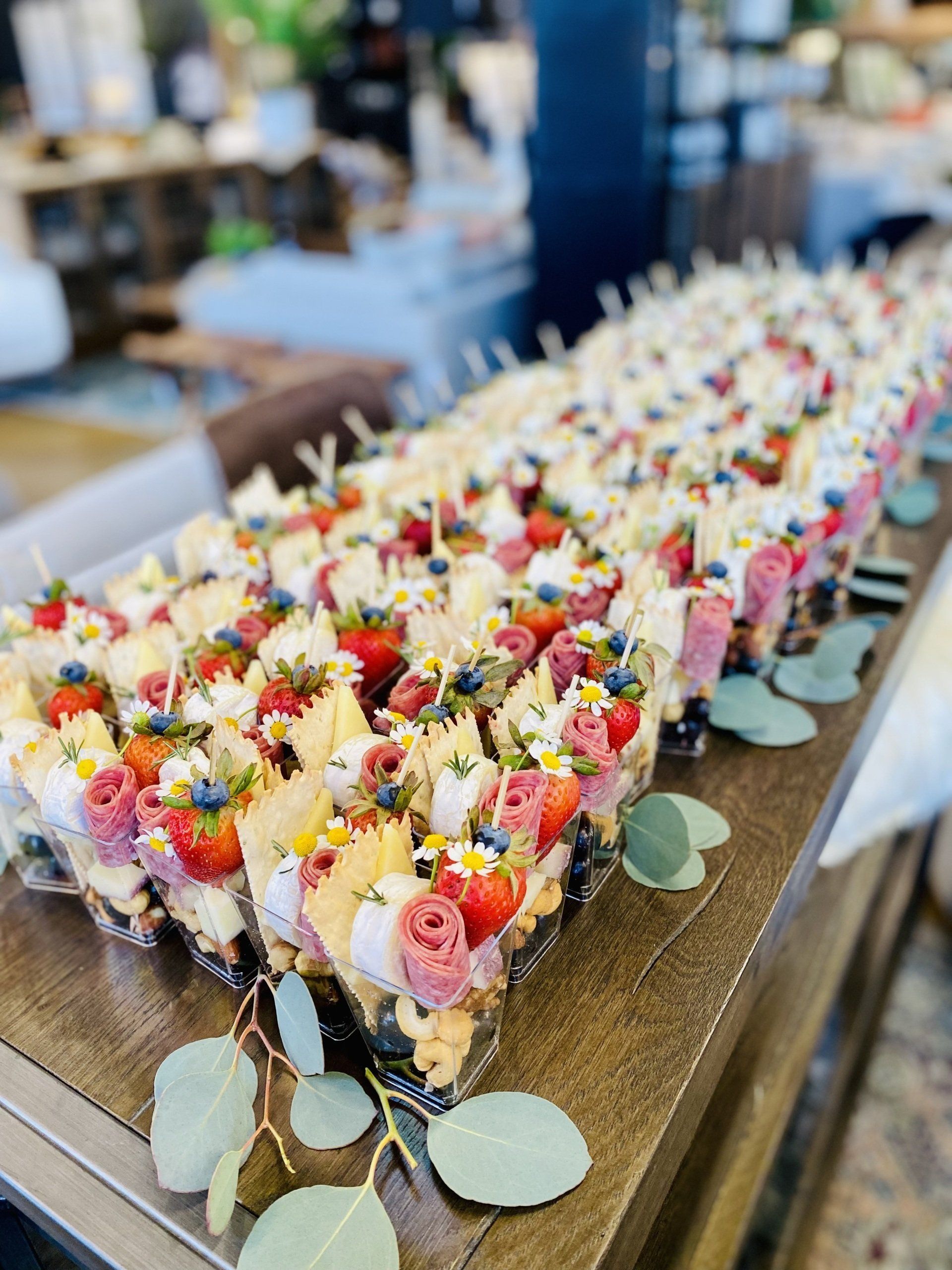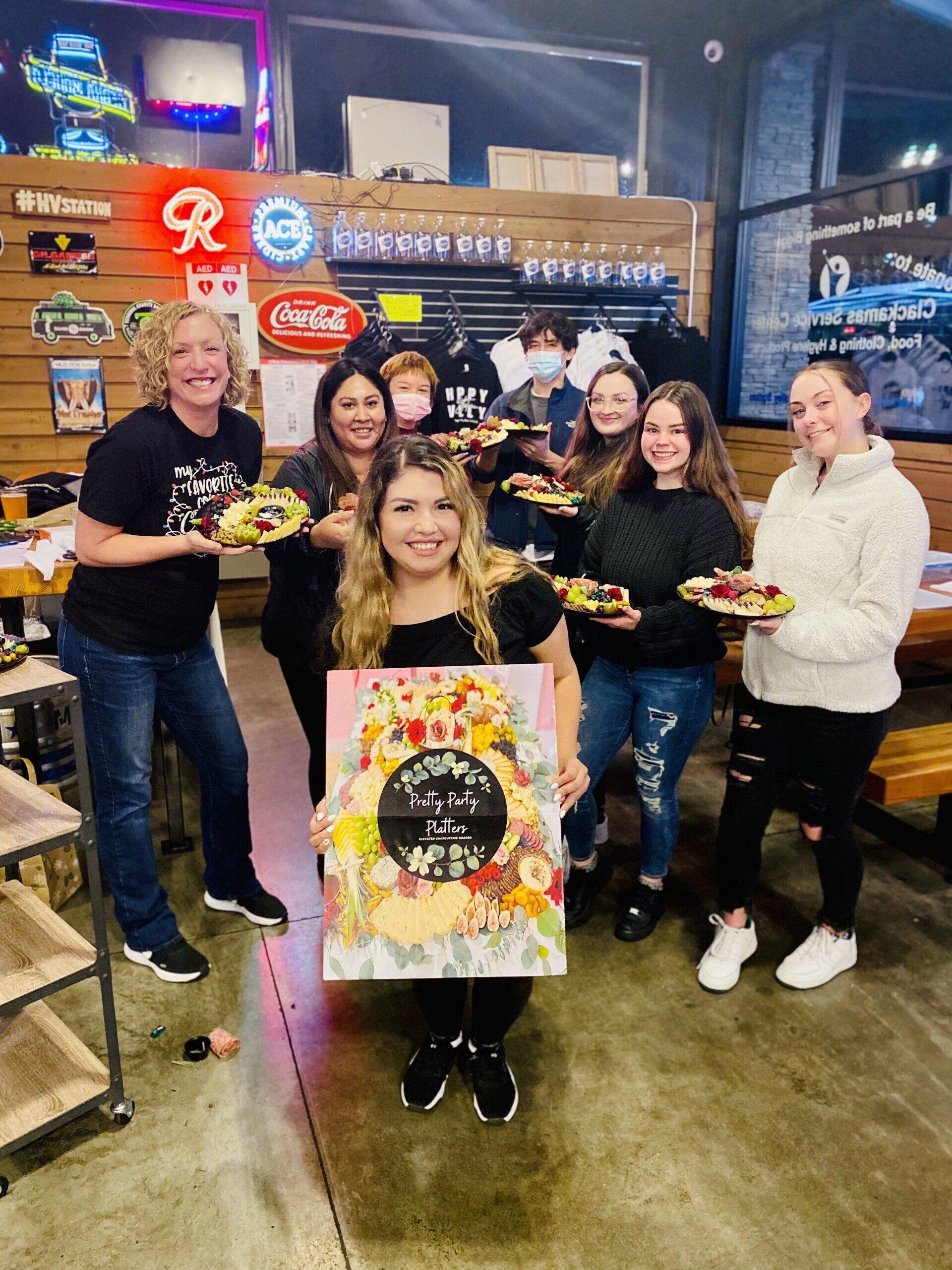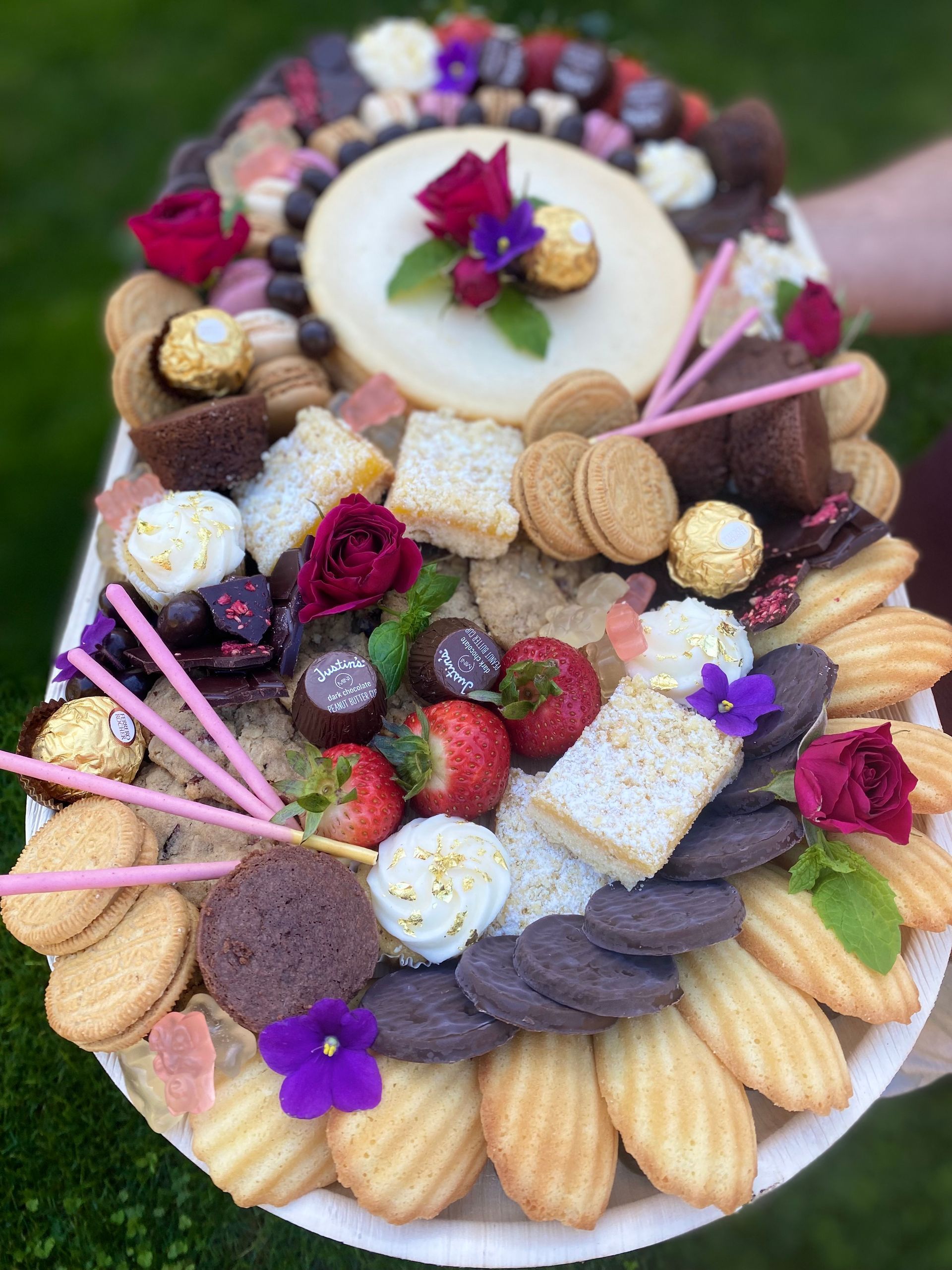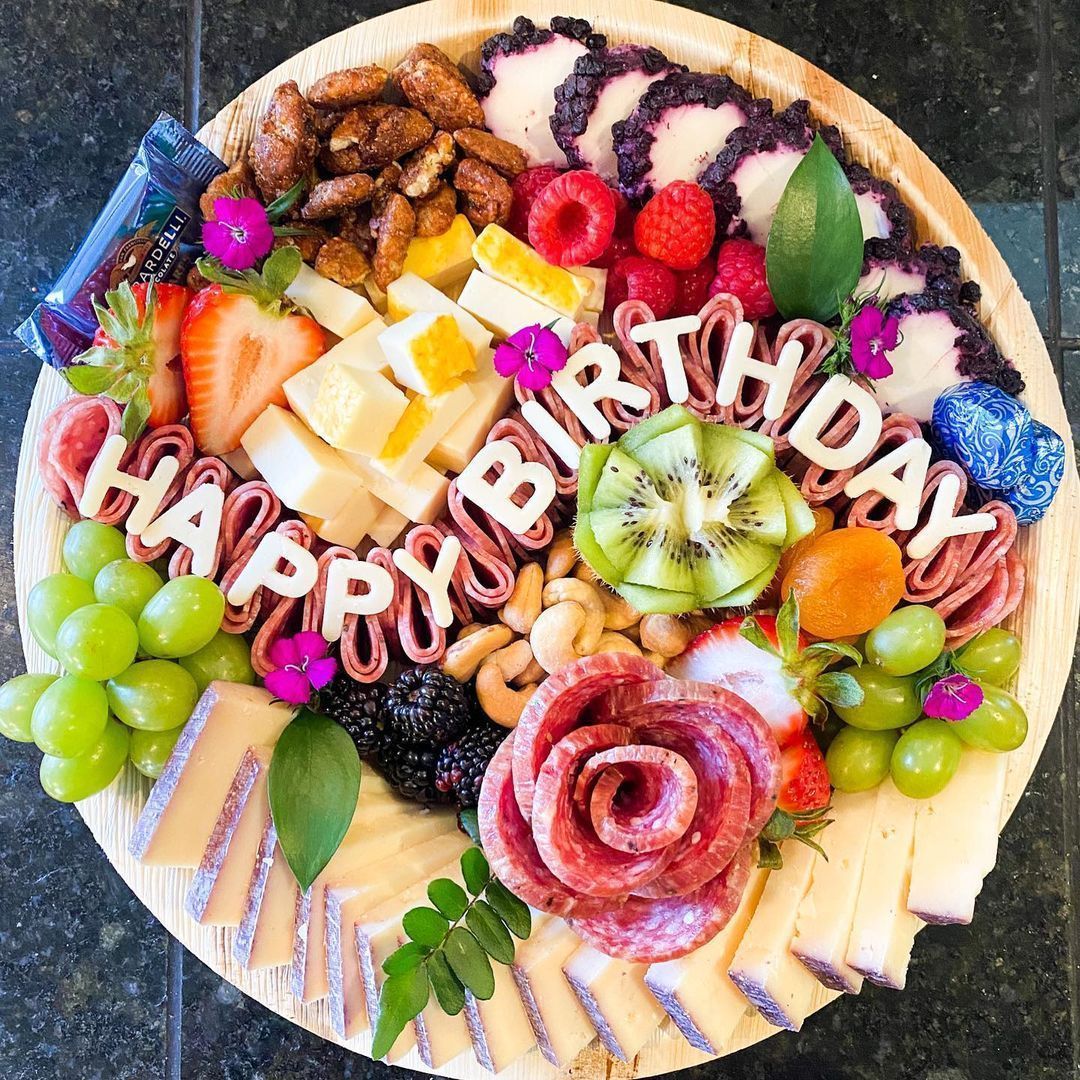The Ultimate Guide to Building a Perfect Party Platter
How to Impress Guests with a Beautiful, Balanced, and Delicious Spread
Planning a gathering, whether it’s a birthday, holiday, or casual get-together, always comes with one big question: What should I serve? While entrees and drinks often steal the spotlight, nothing sets the tone for a party quite like a well-designed party platter. A stunning board filled with cheeses, charcuterie, fruits, vegetables, dips, and breads is more than just food, it’s a conversation piece, a centerpiece, and a way to make your guests feel indulged.
If you’ve ever admired a platter on Pinterest or Instagram and wondered how to replicate it, you’re in the right place. This guide will walk you through every step: from choosing ingredients to styling them in a way that feels abundant, balanced, and irresistible. By the end, you’ll have the confidence and know-how to create your own show-stopping spread.
Step 1: Choose the Right Board or Surface
Before diving into the ingredients, start with your foundation. The size and shape of your platter will guide the overall design.
Wooden boards: Rustic and warm, perfect for casual gatherings.
Marble slabs: Elegant and upscale, great for more formal events.
Large trays: Practical for transporting and serving outdoors.
Multiple small boards: Works well if you want to place several around the room for easy access.
As a rule of thumb, allow about 8–10 inches of platter space per 6 guests. For a party of 20, a large board or two medium ones will be ideal.
Step 2: Pick Your Anchor Ingredients
Every great platter has “anchors”—larger items that create structure and fill space. Typically, these include cheeses and meats. Place them on the board first to establish your design.
Cheeses
Aim for at least three types of cheese:
Soft (Brie, Camembert, Goat Cheese)
Semi-soft (Havarti, Muenster, Gouda)
Hard or aged (Cheddar, Asiago, Manchego, Parmesan)
A good guideline is 1–1.5 oz of cheese per person if it’s served as an appetizer.
Meats
Cured meats bring savory richness and are easy to style. Try:
Prosciutto (folded loosely or draped)
Genoa or dry salami (arranged in “salami roses” or folded quarters)
Capicola or ham (rolled into tubes)
Plan for 1–1.5 oz of meat per person.
Step 3: Add Fresh Fruits and Vegetables
These items brighten the platter, add natural sweetness or crunch, and balance the richness of cheeses and meats.
Fruits
Choose a mix of berries, melons, and orchard fruits for both flavor and color variety. Grapes, strawberries, blackberries, pineapple chunks, apple slices, and peach wedges are all excellent choices. Aim for 2 oz of fruit per guest.
Vegetables
Think beyond carrots and celery sticks. Cherry tomatoes, cucumbers, bell peppers, sugar snap peas, and radishes add texture and freshness. Veggies also provide a pop of green that visually balances the platter. Plan for 2 oz of veggies per guest.
Step 4: Include Dips, Spreads, and Accents
No platter feels complete without something to dip or drizzle. Small bowls can be tucked into empty corners to hold spreads and prevent liquids from running onto the board.
Dips: Hummus, tzatziki, spinach artichoke, or garlic dip
Spreads: Honey, mustard, fig or cherry jam, mayo
Pickled items: Olives, cornichons, or feta-stuffed peppers for tangy bites
Use 3–4 small bowls spaced evenly across the board to keep the design balanced.
Step 5: Add Crunch with Carbs and Nuts
Carbs are essential to tie the platter together. They serve as vessels for cheese, dips, and spreads, while nuts and dried fruits add contrasting textures.
Carbs: Baguette slices, pita chips, pretzels, flatbreads, or crackers. Provide at least 3–4 options.
Nuts: Almonds, cashews, pistachios, or mixed nuts for a savory crunch.
Dried fruit: Apricots, figs, dates, or cranberries to complement the cheeses.
A general guide: 1–2 oz of carbs per person and 0.25–0.5 oz of nuts/dried fruit per person.
Step 6: Think About Color and Flow
Now that you have all your elements, it’s time to style. This is where your platter goes from average to extraordinary.
Contrast colors: Place bright items (like strawberries or bell peppers) next to neutral cheeses or meats.
Work in clusters: Group like items together instead of scattering them—this feels more abundant and less messy.
Create flow: Arrange ingredients in curves, lines, or waves across the board so the eye travels naturally.
Fill gaps: Use nuts, herbs, or dried fruit to fill small spaces and make the board look overflowing.
Remember: symmetry isn’t required. A little asymmetry often feels more organic and inviting.
Step 7: Portioning for Your Guest Count
One of the trickiest parts of party platters is knowing how much to buy. Here’s a quick reference for appetizers:
Cheese: 1–1.5 oz per person
Meats: 1–1.5 oz per person
Fresh fruit: 2 oz per person
Vegetables: 2 oz per person
Carbs: 1–2 oz per person
Dips/Spreads: 1 tbsp per person per dip
Nuts/Dried fruit: 0.25–0.5 oz per person
For a group of 20 people, you’d want: ~2 lbs of cheese, ~2 lbs of meat, ~2.5 lbs of fruit, ~2.5 lbs of veggies, ~2 lbs of carbs, ~1 qt dip, and ~1 lb of nuts/dried fruit.
Step 8: Final Touches
The finishing touches elevate your platter from simply functional to breathtaking:
Herbs: Fresh rosemary, thyme, or basil tucked between items add aroma and color.
Edible flowers: Perfect for spring or summer events, they create instant “wow” factor.
Themed accents: Seasonal décor like cranberries and cinnamon sticks in winter or citrus slices in summer can tie the platter to the occasion.
Serving tools: Provide small cheese knives, toothpicks, or tongs to make serving easy and mess-free.
Bonus: Tips for Stress-Free Prep
Prep ahead: Wash, slice, and store fruits/veggies the day before. Cut cheeses into wedges or cubes early, but keep them wrapped until serving.
Temperature matters: Let cheese come to room temperature 30–45 minutes before serving for the best flavor.
Refill trays: If you’re hosting a large party, keep backup portions ready in the fridge to replenish the board as it gets eaten.
Mix high and low: Don’t feel pressured to buy only expensive items. A mix of premium cheeses and affordable staples keeps costs manageable.
Why Party Platters Never Fail
At the end of the day, party platters succeed because they offer something for everyone. The vegetarian can enjoy fresh produce and dips, the foodie can savor aged cheese and charcuterie, and kids will happily grab pretzels, fruit, and cheddar cubes. A thoughtfully styled platter communicates care, creativity, and hospitality—all without requiring you to spend hours cooking multiple dishes.
So, the next time you’re hosting, skip the stress of elaborate menus and lean into the power of the platter. With these tips, you’ll have a spread that looks beautiful, tastes incredible, and keeps guests mingling long after the party starts.
